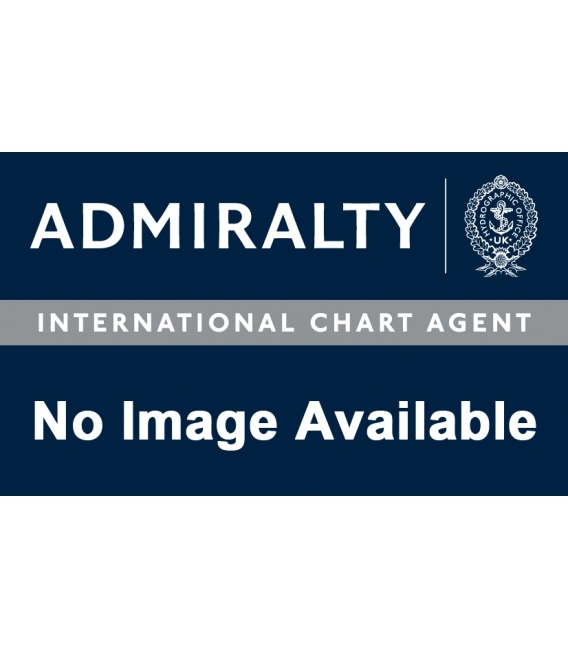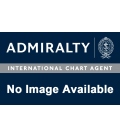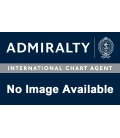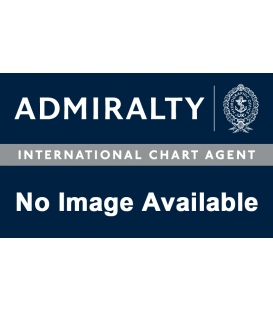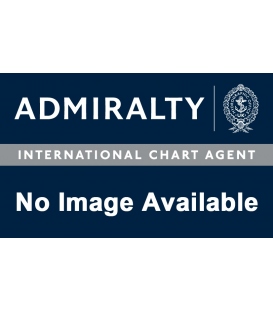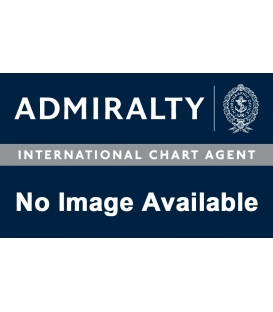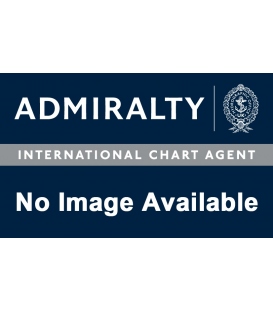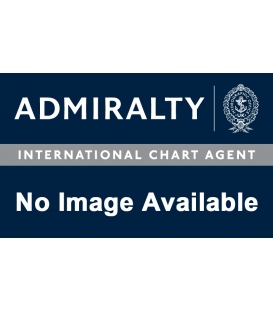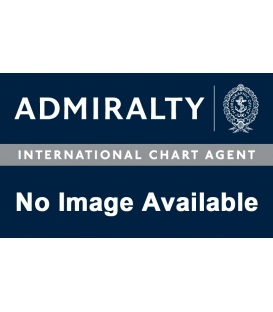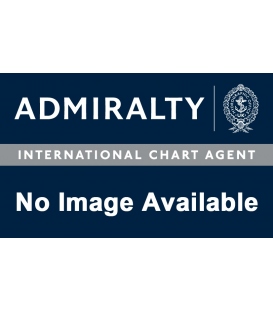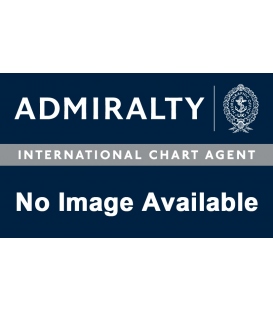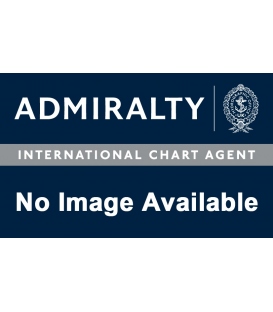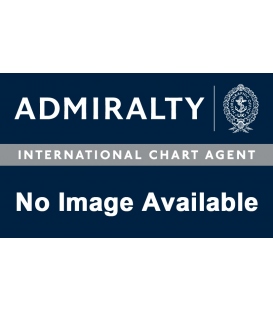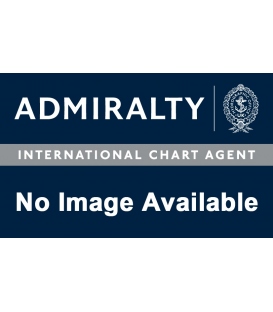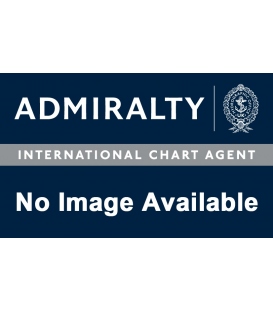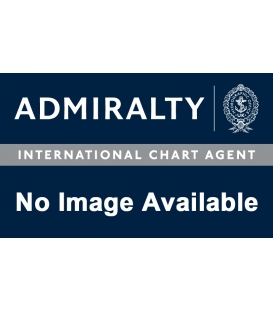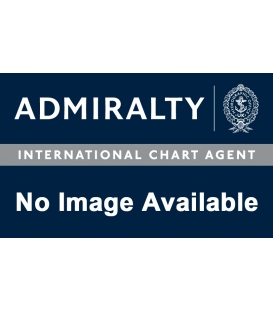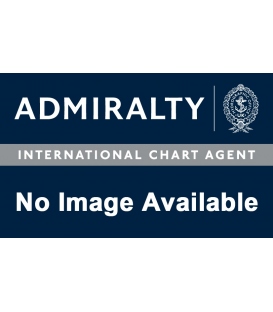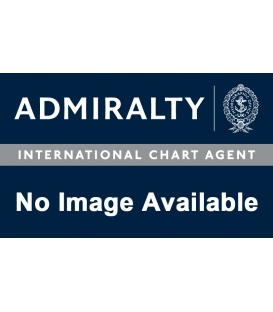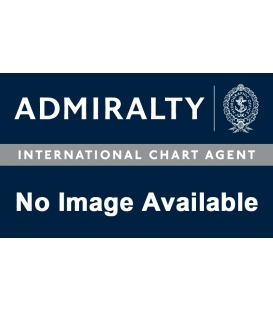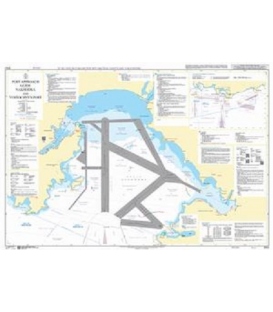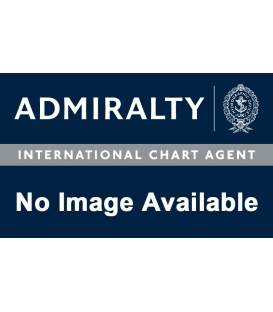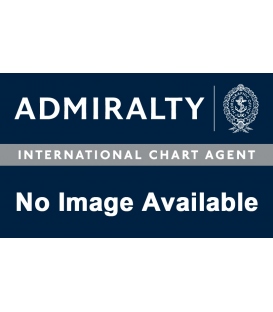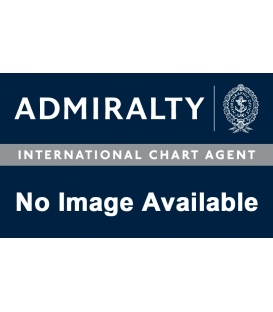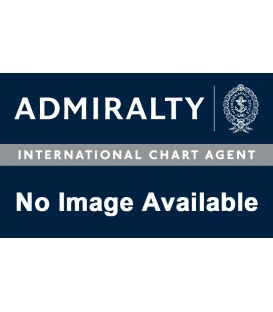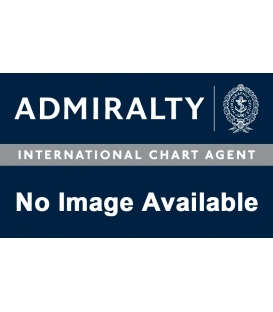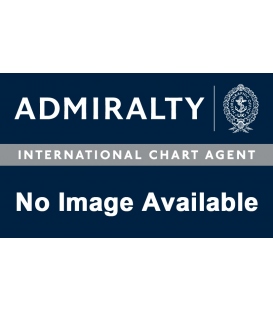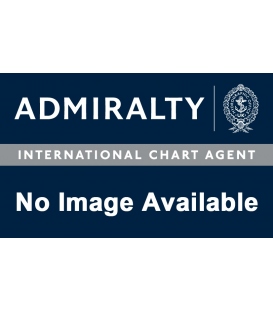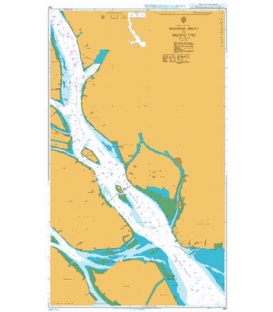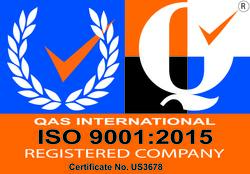

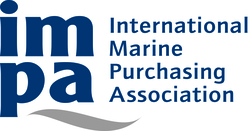
Sign up for our Newsletter
British Admiralty Nautical Chart 8111 Port Approach Guide Qinhuangdao
Each chart in this expanding range focuses on a single port, and contains extra, relevant planning information for the port approach.
Quick reference
Linking the International Code of Signals (ICS) flags with related reference sections on the chart helps bridge crews to quickly find information they need.
Easy to use
Designed to be used alongside either official paper or digital nautical charts, they help to make the planning of port entry and exit quicker and easier, and aid the berth to berth planning process.
Extra information to aid planning
Additional planning information may include general information including contact details and harbour regulations, Vessel Traffic Service (VTS) information, principal lights and landmarks, specific warnings, tide and climate information, anchorages and prohibited areas, dangerous cargo, pilotage, berth information and port service.
Chart 8111
Main Chart Details
- Chart Title:Port Approach Guide, Qinhuangdao and Shanhaiguan
- Publication Date:15/10/2015
- Latest Edition date:29/03/2018
- Chart Size:684 x 1003 (mm)
Chart Panel Details
- Panel Name A Approaches to Qinhuangdao and Shanhaiguan
- Natural Scale 75000
- North Limit 40 03'.15N
- East Limit 120 06'.75E
- South Limit 39 42'.60N
- West Limit 119 31'.00E
- Panel Name B Qinhuangdao
- Natural Scale 20000
- North Limit 39 57'.11N
- East Limit 119 41'.55E
- South Limit 39 51'.90N
- West Limit 119 31'.95E
- Panel Name C Shanhaiguan
- Natural Scale 30000
- North Limit 40 00'.00N
- East Limit 119 52'.50E
- South Limit 39 56'.00N
- West Limit 119 48'.00E
Co-ordinates given are usually those of the four extremities of the chart. In many cases not all the area within will be fully charted*.Customers should check that the chart meets their requirements by viewing the chart image (where available).Mariners should always use the largest scale navigational chart available.
*Reasons may include
- Continuation of coverage of a small part outside the main area of chart coverage e.g a river.
- Inset plans and the chart title block and notes also take up space, therefore geographical information cannot be shown in this area.
- A need to refer to larger scale of chart, such waters are often "blued out" to avoid excessive maintenance work applying numerous NM corrections to an area of the small scale chart where the navigator will be using a larger scale chart.
- Coverage is better served from a different chart because of typical routeings

